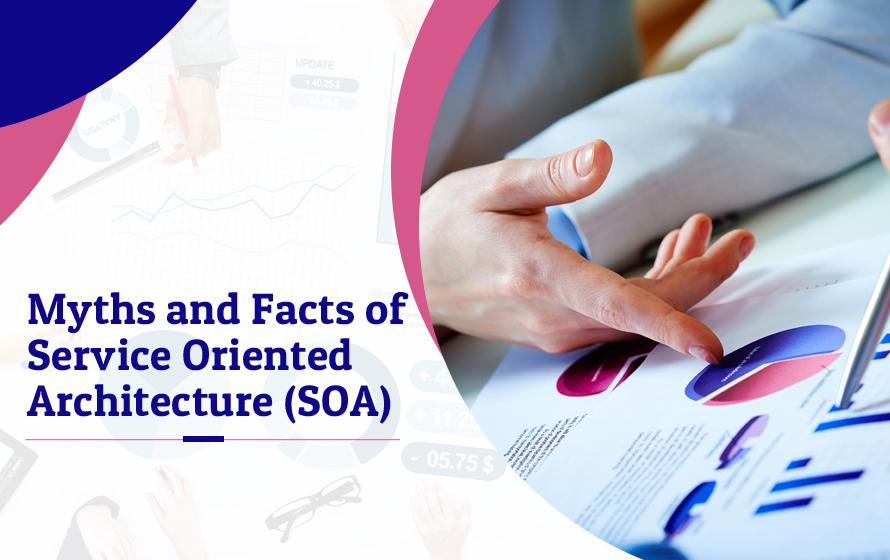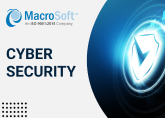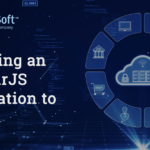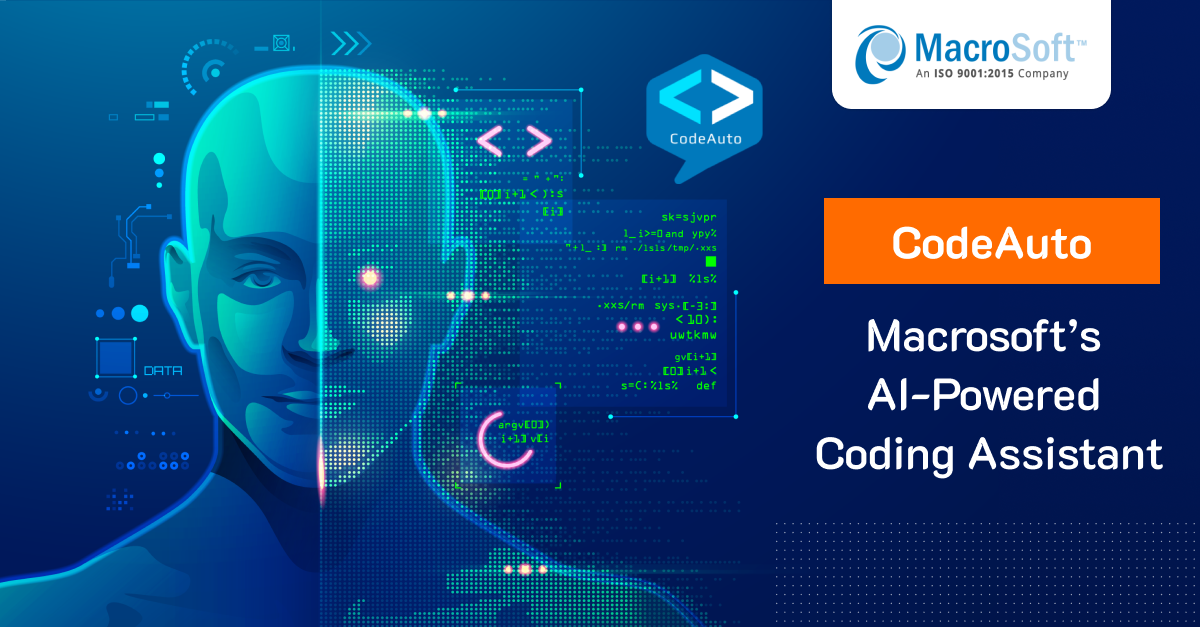

In today’s competitive world, organizations strive to bring in the best blend of the technologies to drive their business forward. SOA is a hackneyed acronym for technology enthusiasts, however, if you ask two people to define SOA, you’ll hear different or conflicting answers. Some of them consider SOA as an IT infrastructure that enables business while others define SOA as a means of increasing the efficiency of IT. So what exactly SOA is meant for?
SOA or Service Oriented Architecture in simple words is a loosely-coupled architecture designed to meet the business requirements of an organization. Previously, loosely coupled architectures depended on technologies like CORBA, DCOM or document based EDI approaches for business integration. However, these technologies mostly got replaced with Web Services. So, from an organization’s perspective, SOA may consist of a group of Web Services with common capabilities such as logging and authentication. SOA is an architectural approach to building systems from autonomous services enables agile business process through open standards interoperability
SOA allows IT to respond to the changing market conditions and being an architectural philosophy may not be implementable always. Organizations should align SOA with the business drivers to reap benefits and here we unfold some myths and facts associated with SOA.
| Myth | Fact |
| Organizations can buy SOA | Organizations can utilize tools to automate parts of the service lifecycle, however, this doesn’t provide an SOA. |
| SOA is a new and revolutionary technology. | SOA is actually a design philosophy that is not dependent on vendor, product, technologies or industry trend. |
| SOA is common across organizations. | SOA varies from organization to other. Purchasing SOA infrastructure from a single vendor hampers the purpose of investing in SOA. |
| SOA always require Web Services. | SOA can be implemented with Web Services but doesn’t always require it. |
| SOA is a methodology that aligns IT and business. | SOA is not a methodology and it’s a means of delivering the solution and not your end goal. |
| SOA needs a technology and business process overhaul. | SOA should be built on your current investments and is incremental. |
| SOA reduces implementation risk. | SOA is implemented across organizations in different ways and may not necessarily provide the best-fit solution. |
| An Enterprise Service Bus (ESB) is required for SOA. | SOA and ESB are complementary technologies. ESB is a tool that can be leveraged to implement SOA design patterns |
| SOA solves all integration problems. | SOA will only solve integration problems as a result of tightly coupled systems. |
| SOA is expensive. | SOA projects tend to be cheaper and faster. It generally increases the reusability of services. |
| SOA can be deployed globally. | Due to technology and governance pitfalls, SOA is not good for global architectures in organizations with multiple trade locations. |
Services are basic building blocks of SOA however, these doesn’t need to be web services. The SOA concept can be viewed from several perspectives and from a holistic point of view, these perspectives help in understanding the underlying architectural requirements.
SOA may not be a panacea for every business or IT problem in the organization. SOA significantly holds benefits for enterprises that approach it methodically. A well planned and executed SOA undertaking will help organizations to achieve better responsiveness in a dynamic market landscape.
CLICK HERE to learn how SOA can be applied to your business.
By Ed Sable | October 30th, 2016 | Enterprise Services
Recent Blogs


The Peril of Fake Job Candidates in the Technology and IT Industry
Read Blog

Humanizing Automation: Fostering Collaboration in the Digital Era
Read Blog

Advantages of Technology and IT Companies Partnering with Staffing Firms Offering Visa Sponsorship
Read Blog


 Home
Home Services
Services




































